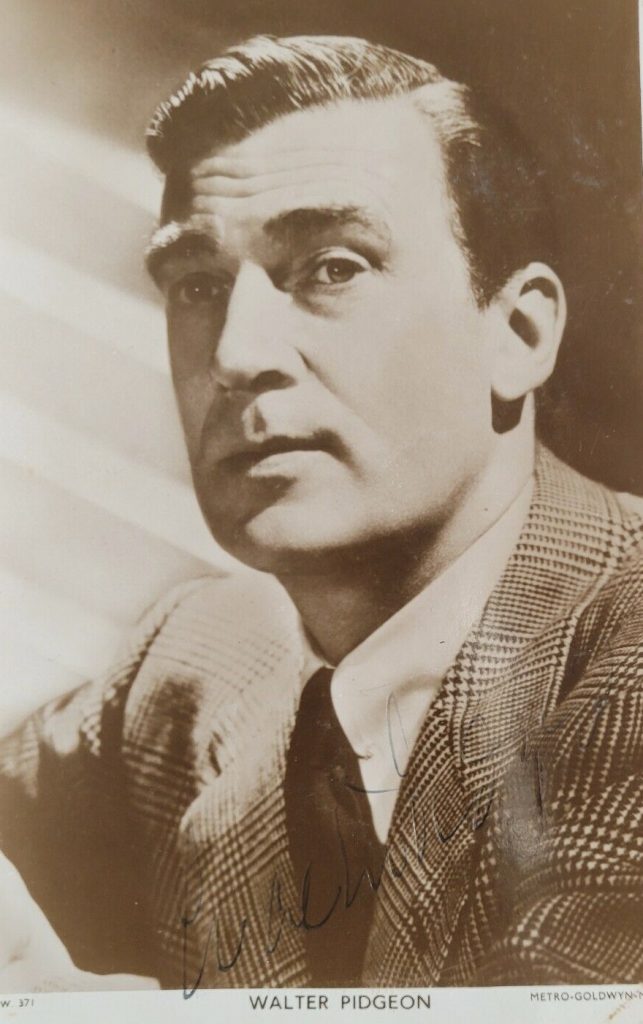
New York Times obituary in 1984:
This is a digitized version of an article from The Times’s print archive, before the start of online publication in 1996. To preserve these articles as they originally appeared, The Times does not alter, edit or update them.
Occasionally the digitization process introduces transcription errors or other problems; we are continuing to work to improve these archived versions.
Walter Pidgeon, the courtly actor who distinguished his 47-year career with portrayals of men who prove both sturdy and wise, died yesterday at a hospital in Santa Monica, Calif. He was 87 years old and had suffered a series of strokes.
Mr. Pidgeon achieved his peak of popularity in the 1940’s in a series of eight films he made with Greer Garson, the most honored of which was William Wyler’s ”Mrs. Miniver” in 1942. His urbane, unruffled manner and her gentle, intelligent charm made them a perfect screen pair.
”I did eight pictures with that gal and we never had a bad word between us,” he once told an interviewer.
But the Canadian-born Mr. Pidgeon, whose talents were were enhanced by a strong, reassuring voice, carved his own distinctive image. Nominated for 2 Oscars
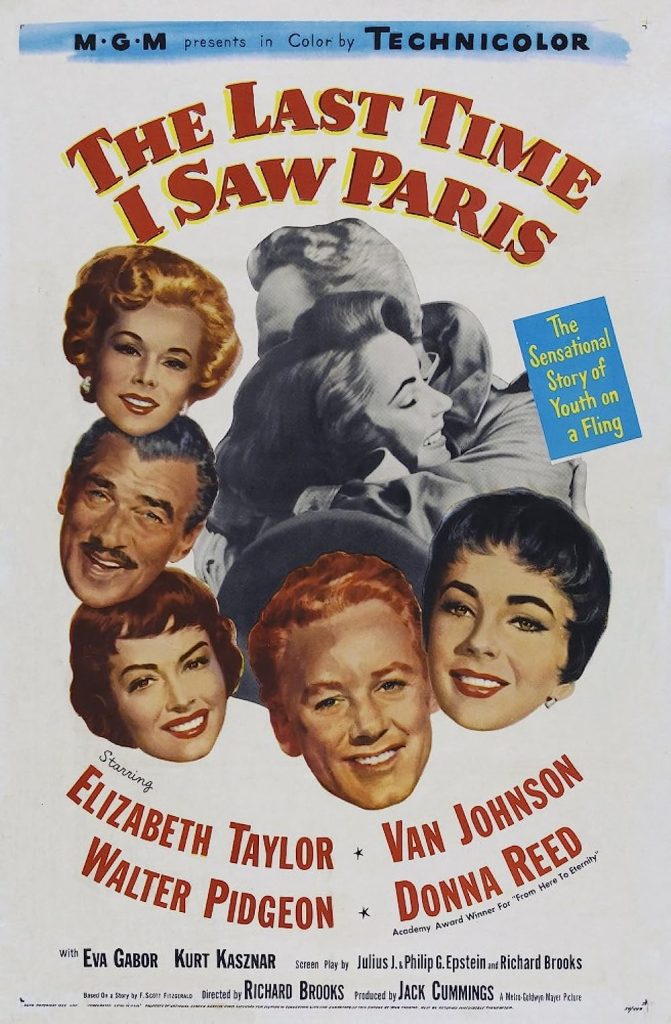
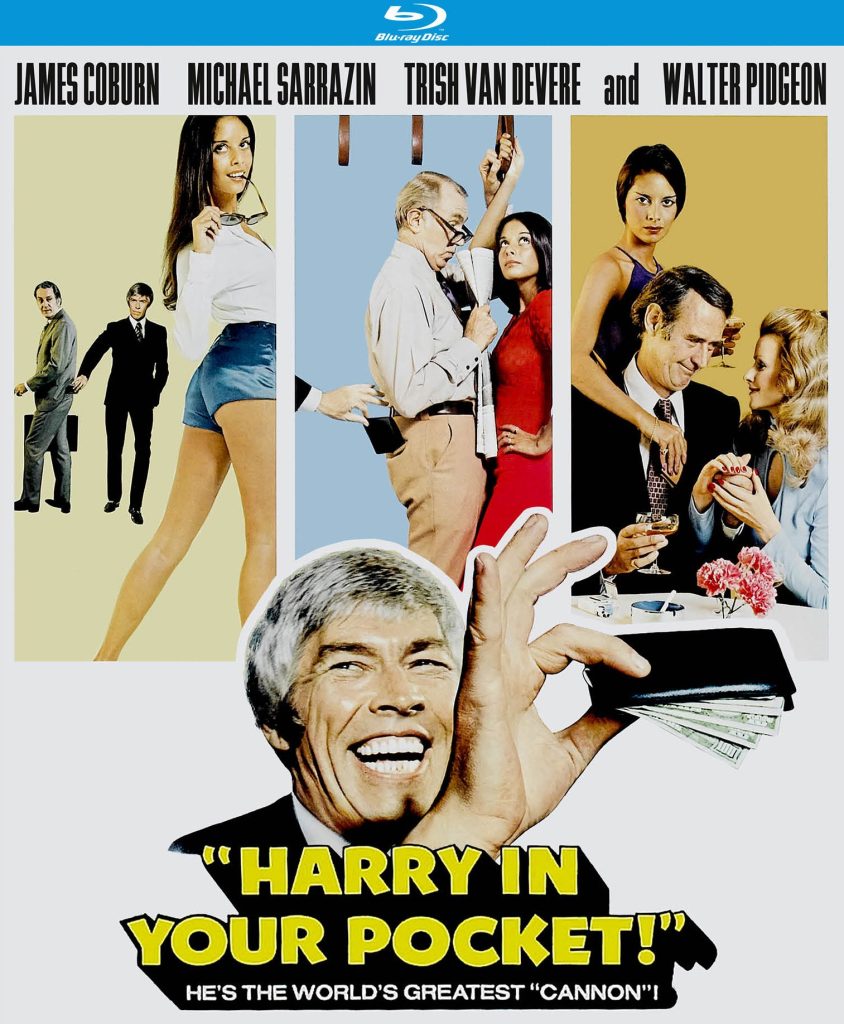
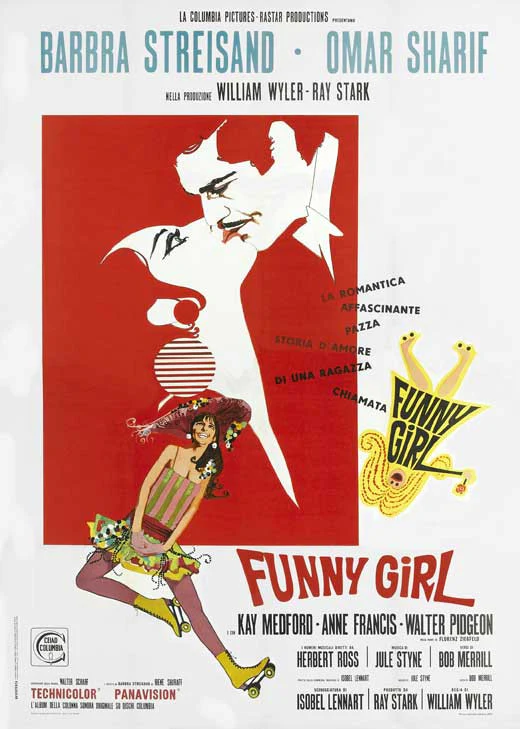
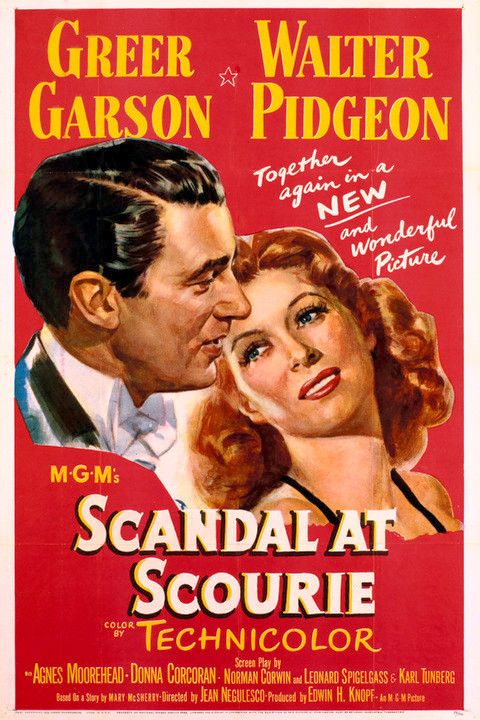
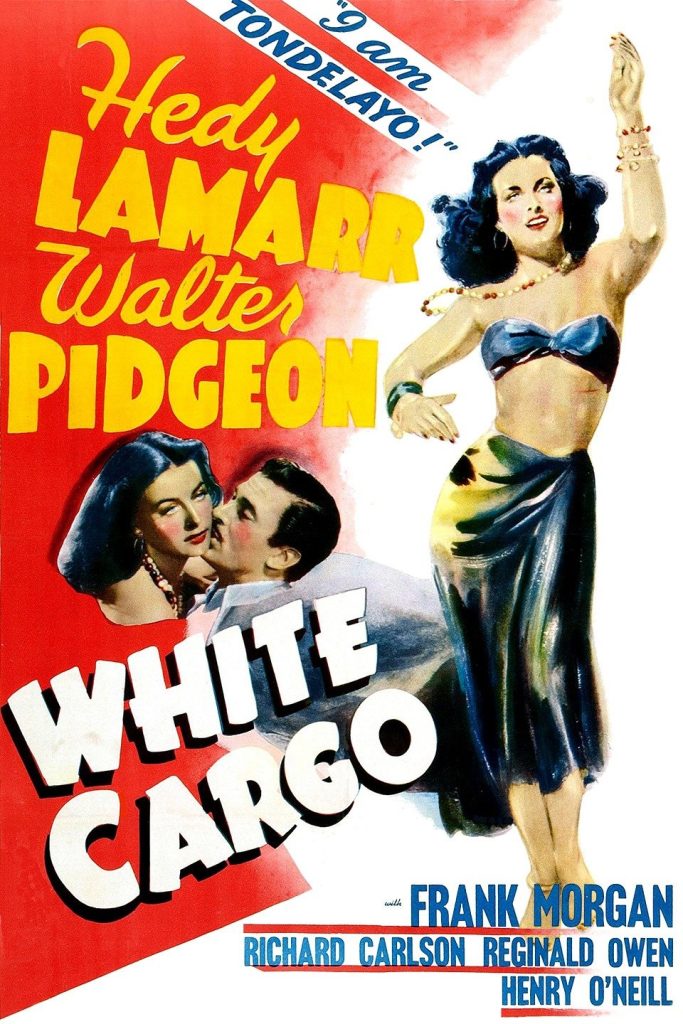
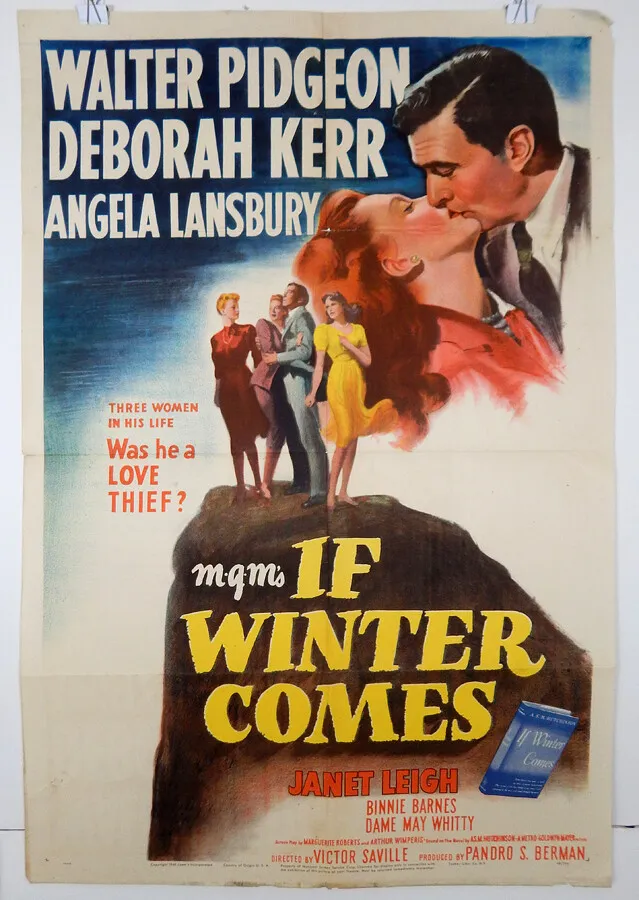
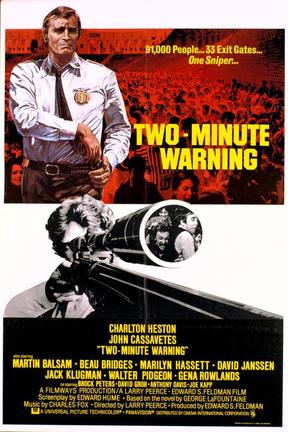
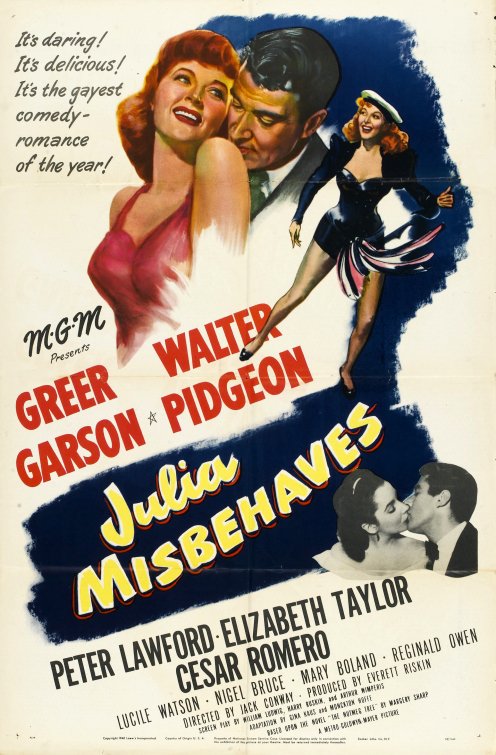
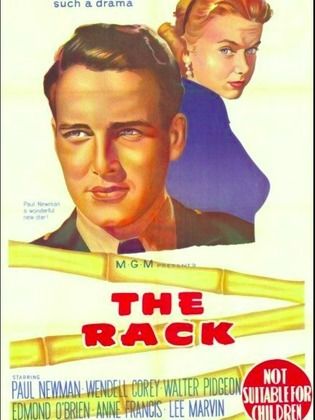
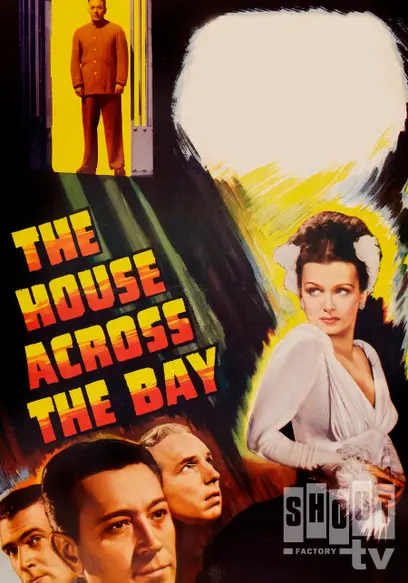
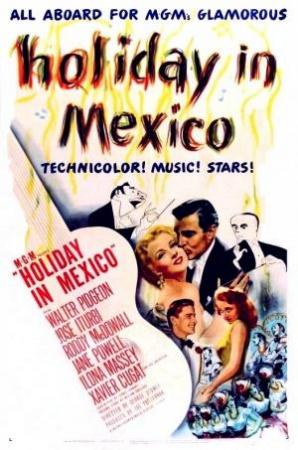
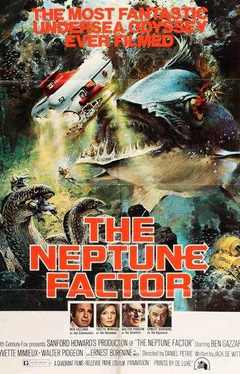
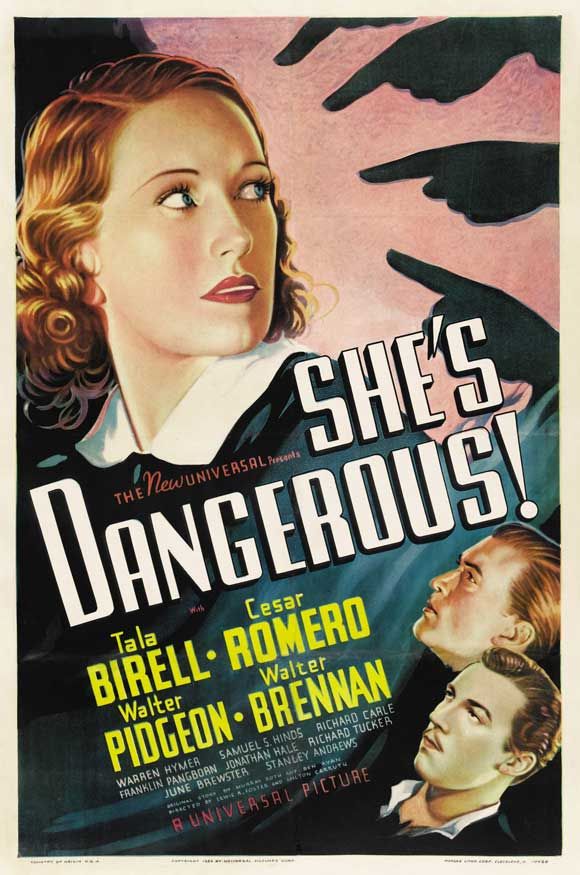
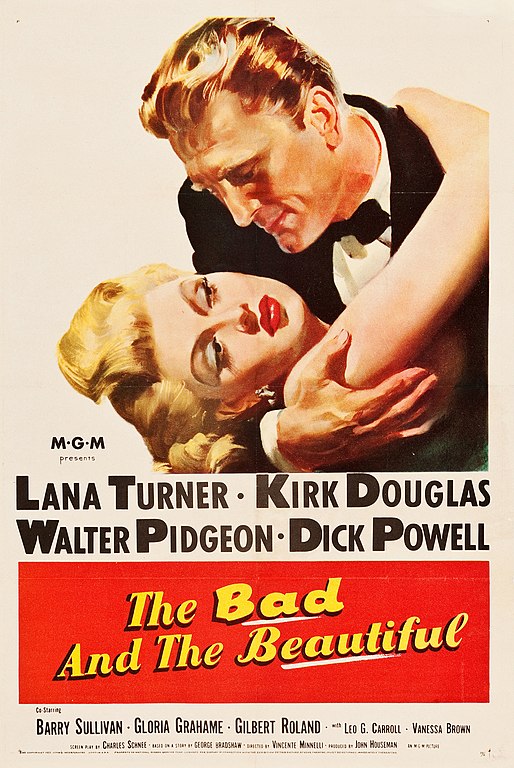
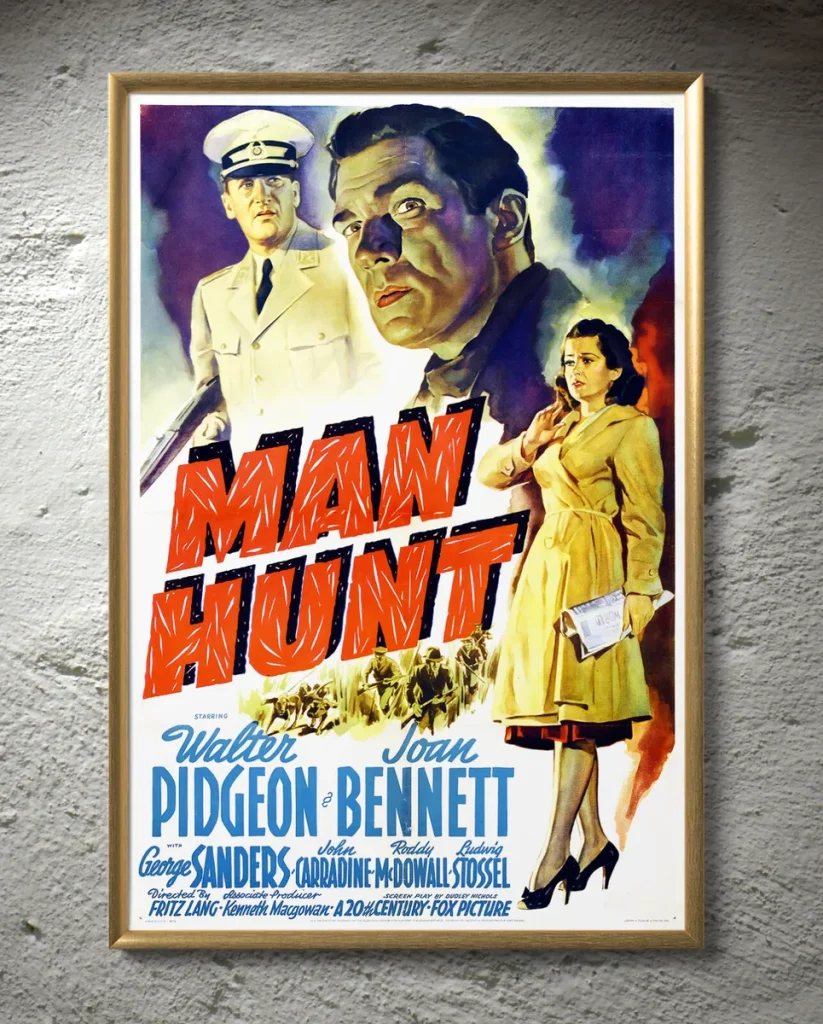
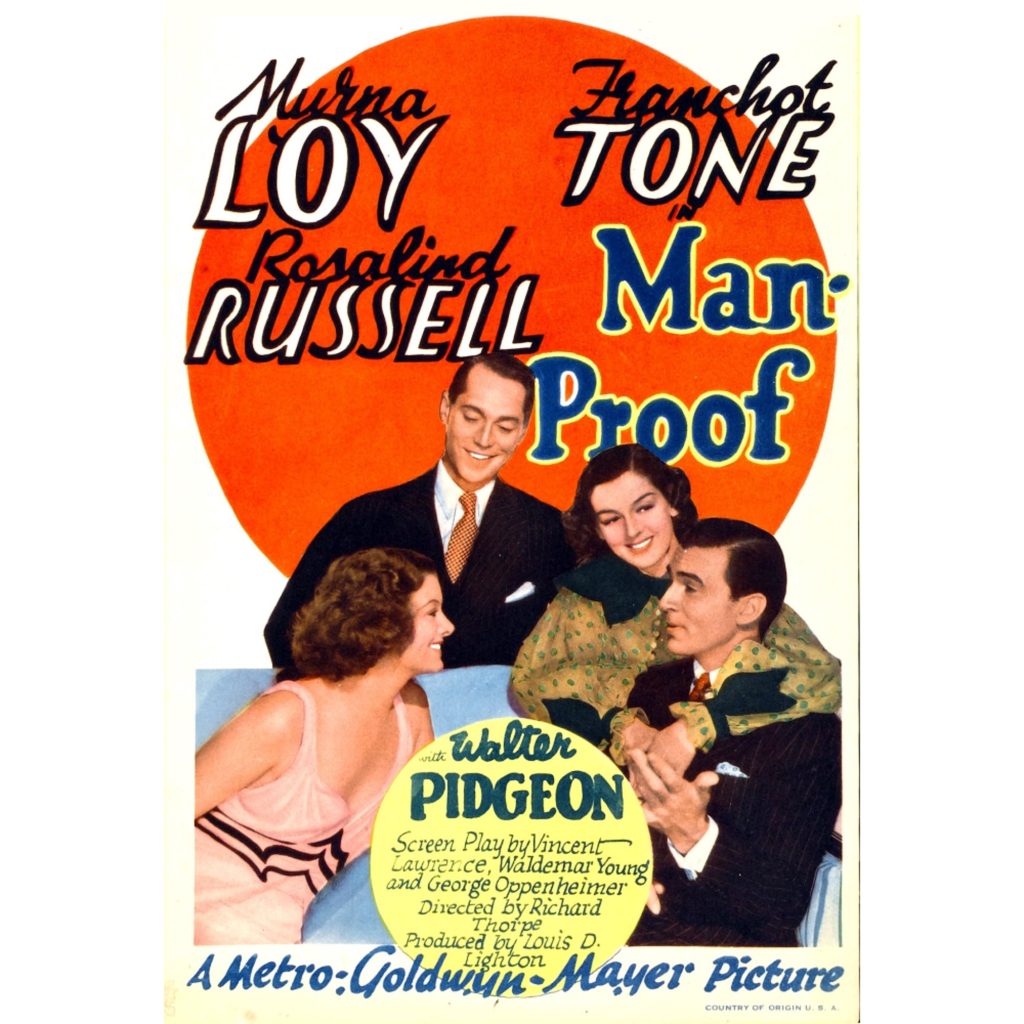
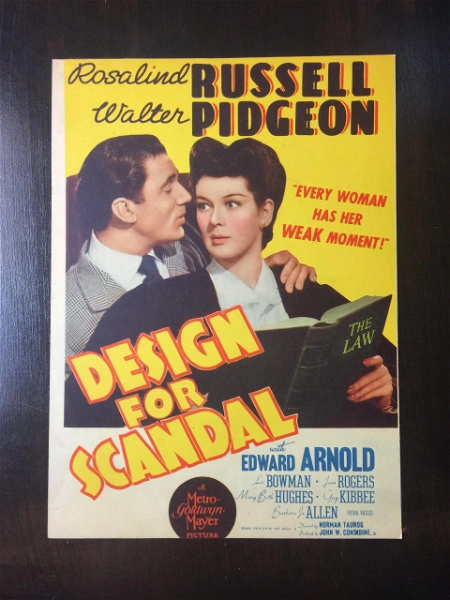
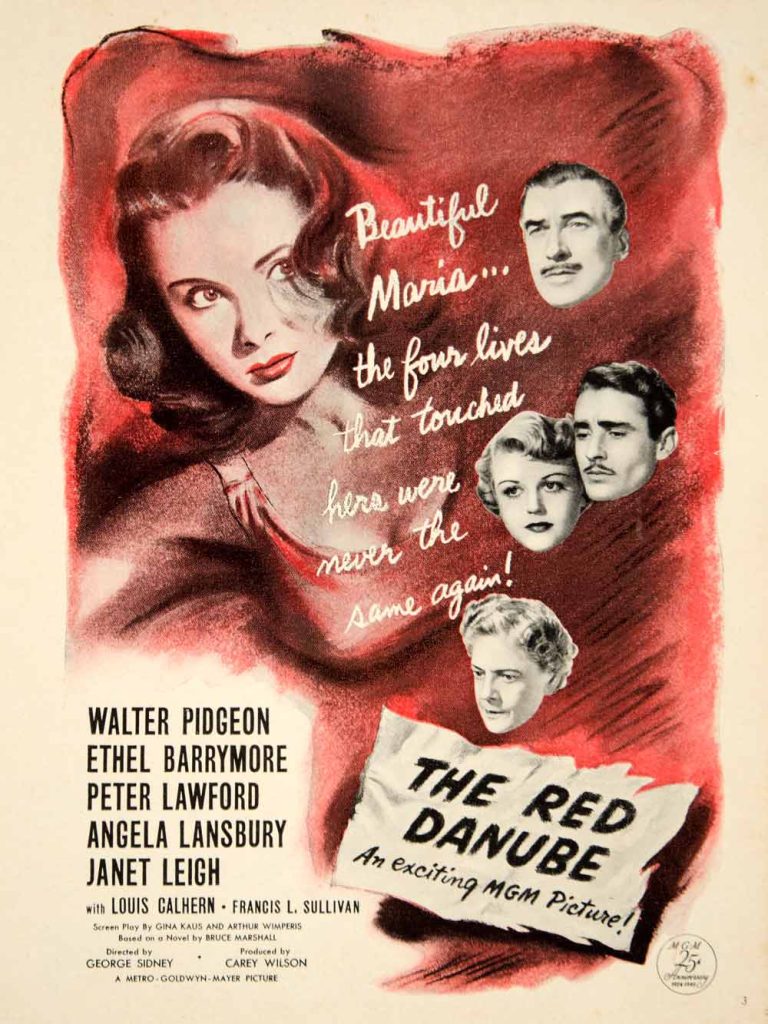
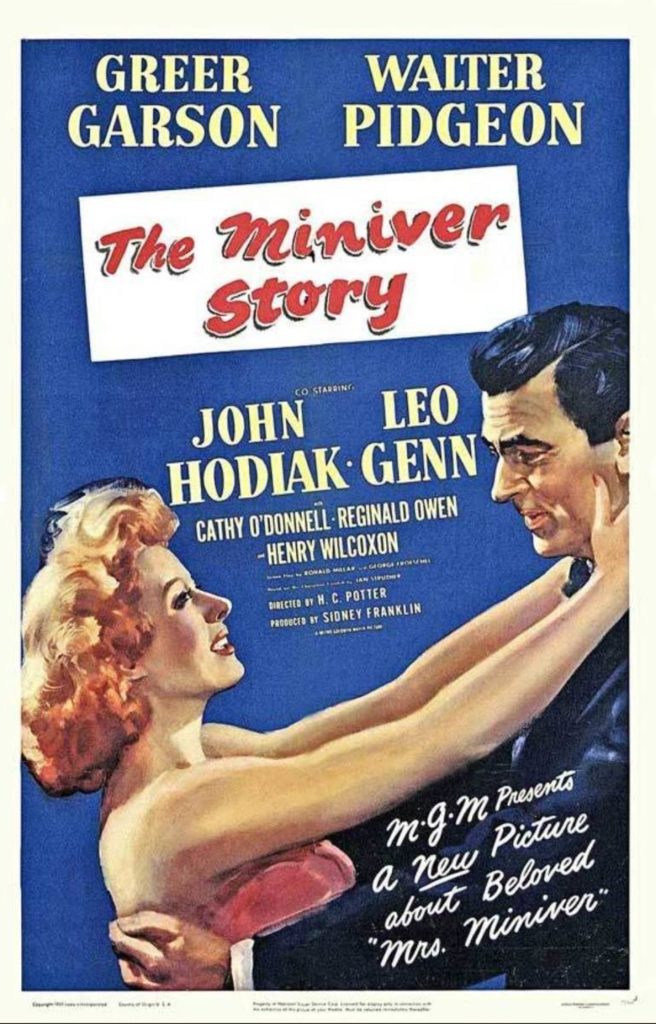
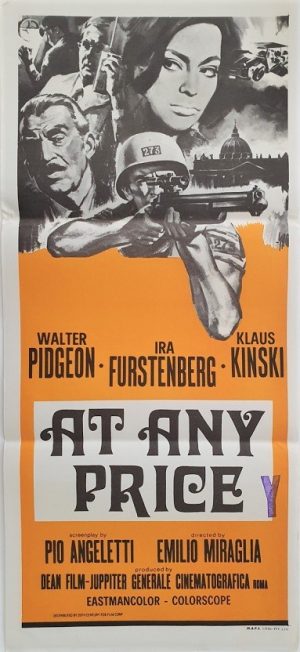
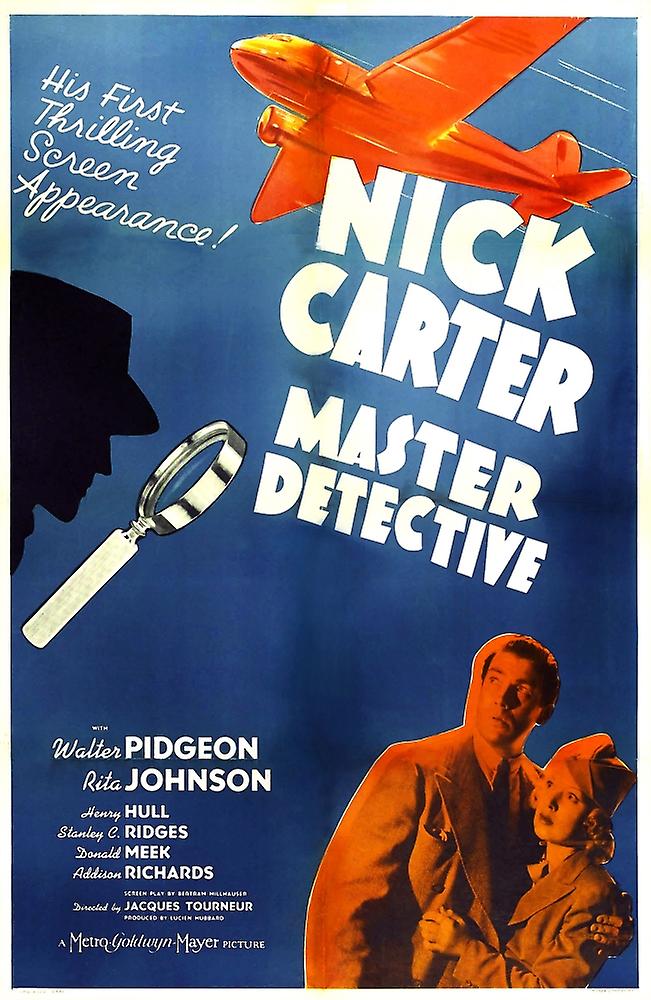
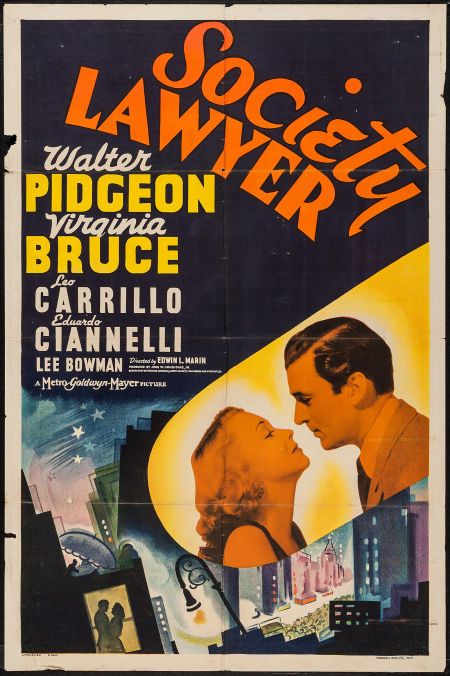
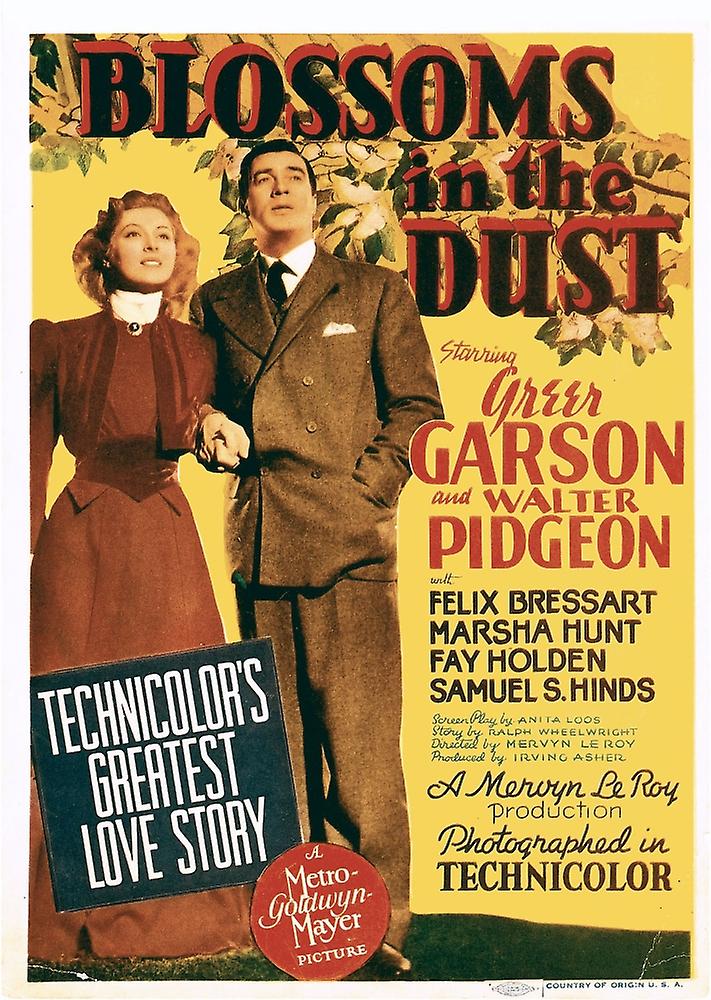
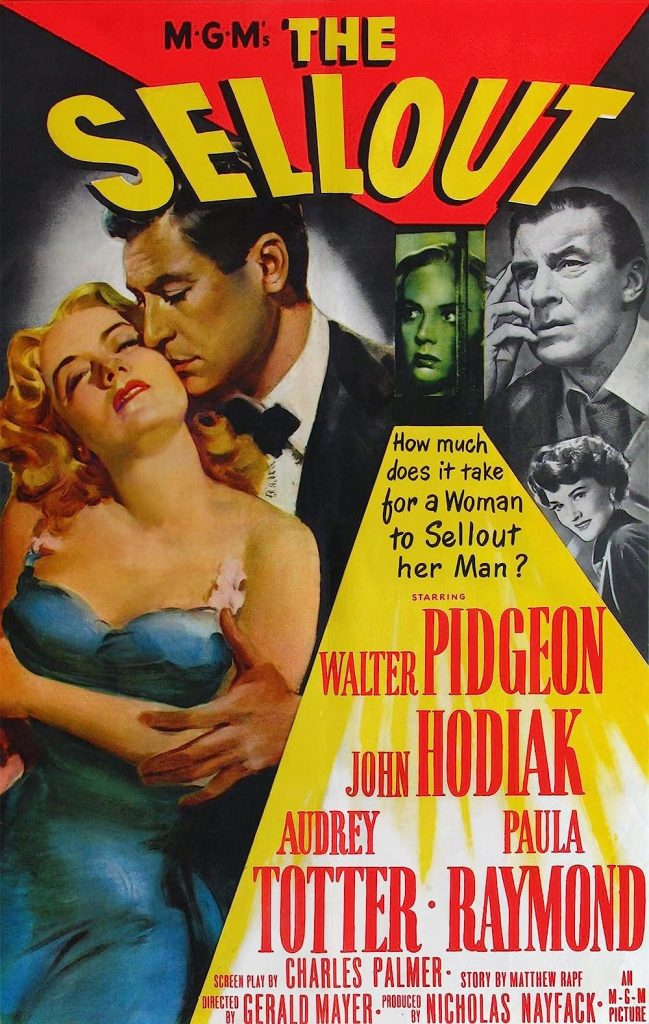
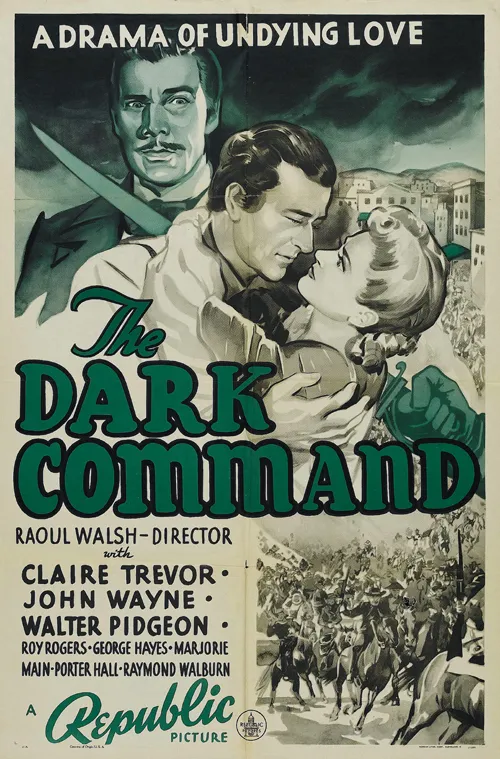
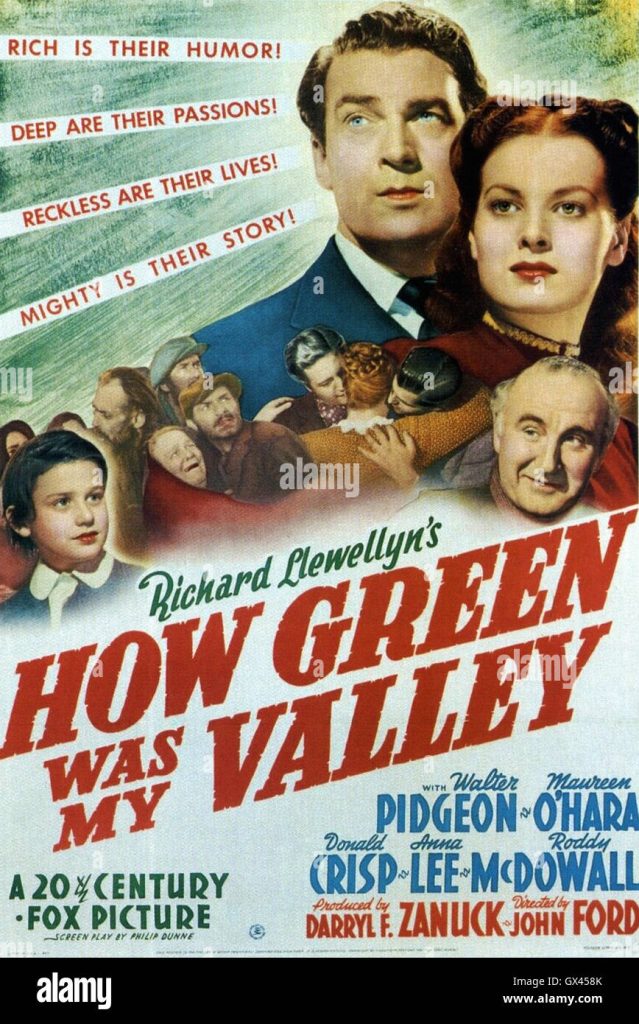
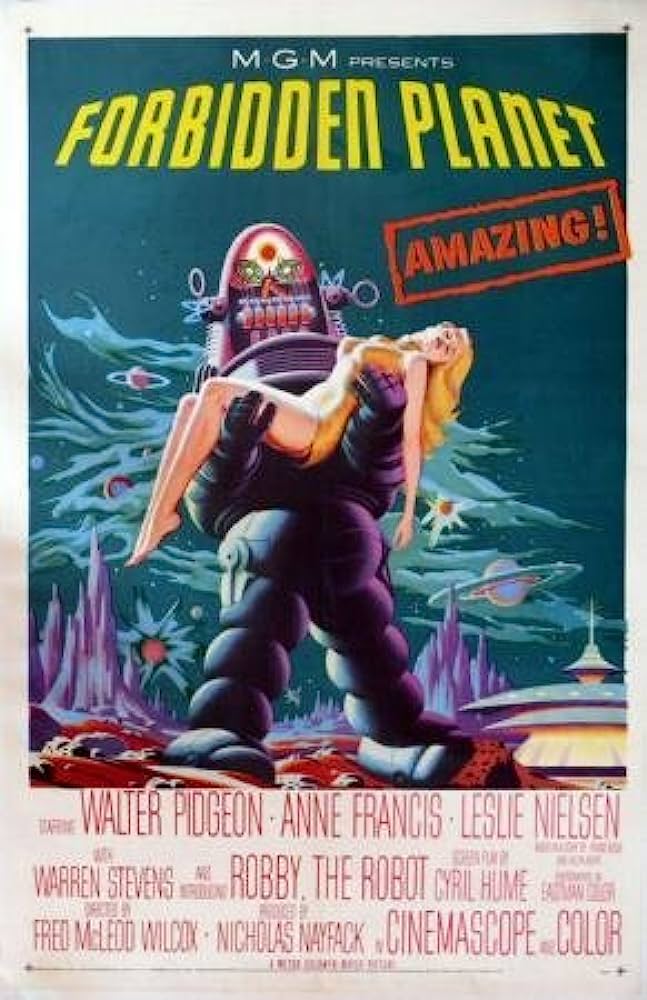
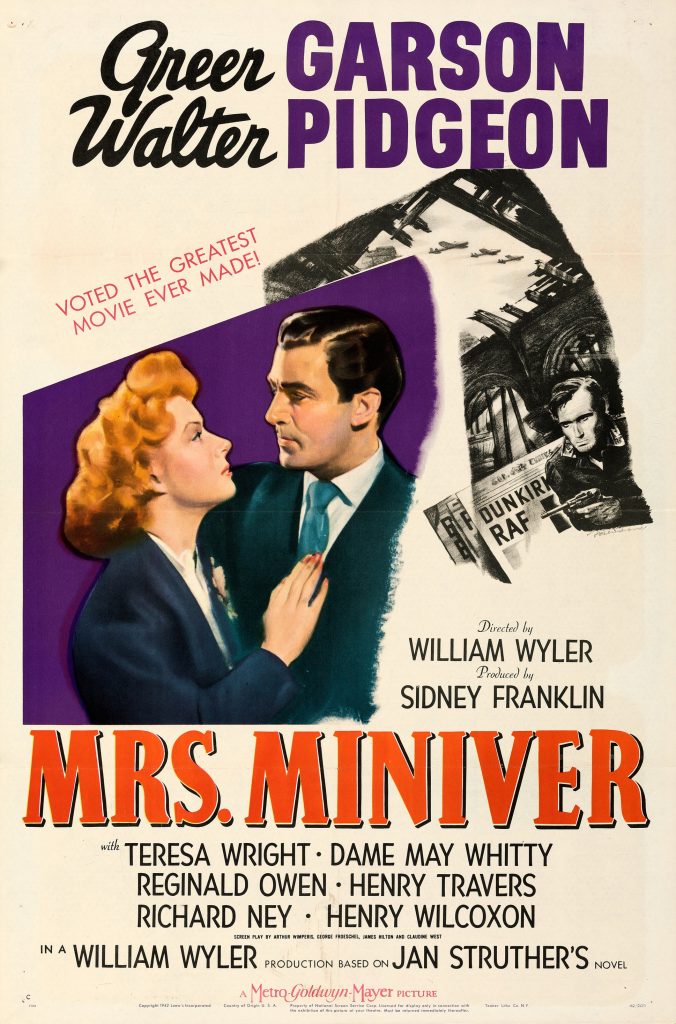
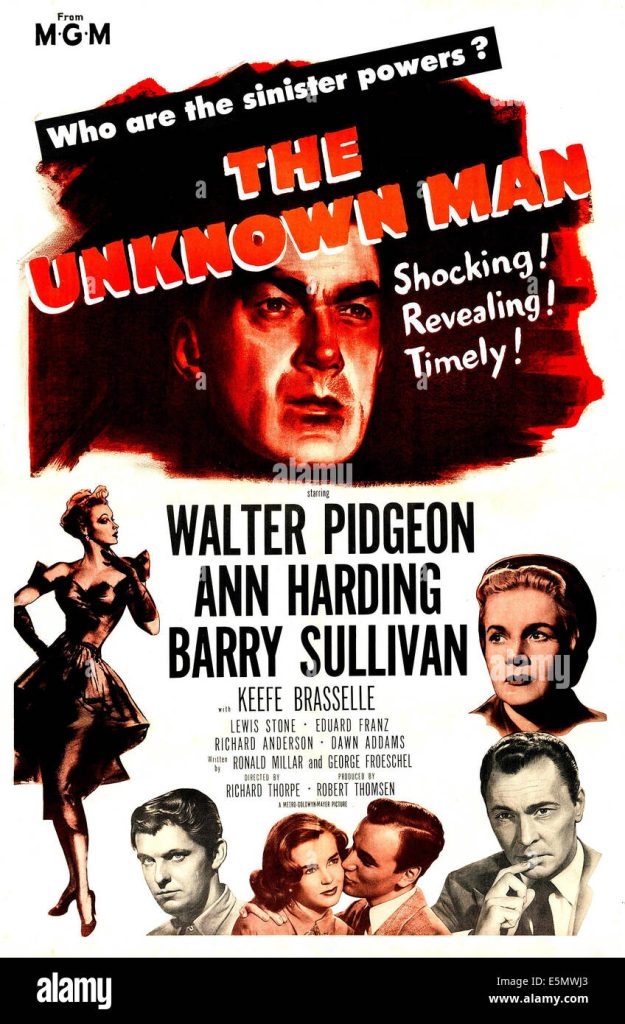
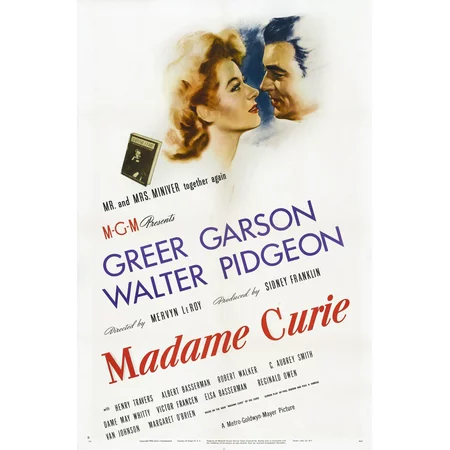
As Clem Miniver, he played the resourceful father in a an English small-town family whose placid lives are upset by the encroachment of the World War II. And in John Ford’s ”How Green Was My Valley” (1941) he was Mr. Gruffyd, an insightful, pipe-smoking minister who inspires the young son of a Welsh coal mining clan.
Both films won Academy Awards as best pictures and Mr. Pidgeon was nominated for an Academy Award for ”Mrs. Miniver” he but did not win. He was also nominated for an Academy Award for his role as Pierre Curie opposite Miss Garson as ”Madame Curie.”
There were smaller roles in big movies and big roles in small movies that Mr. Pidgeon illuminated with his subtle craft – the English hunter who stalks Hitler in Fritz Lang’s ”Man Hunt” (1941); the veteran producer of ”The Bad and the Beautiful” (1953); the worn-out company executive in ”Executive Suite” (1954); the scheming scientist of ”Forbidden Planet” (1956); the canny Senate Majority Leader in ”Advise and Consent” (1962); and impresario Flo Ziegfield in ”Funny Girl” (1968).
All in all, the tall, broad-shouldered Mr. Pidgeon made than 100 movies, completing his last role in 1973 as an aging pickpocket in ”Harry in Your Pocket.” Injured in World War I
Pidge – as his friends called him – had an effervescent sense of fun, enjoying banter with Miss Garson and collecting limericks.
Walter Pidgeon was born September 23, 1897 in the city of St. John, New Brunswick, Canada. The New Brunswick schools paid attention to his his splendid singing voice and that inspired a glimmer for the stage. He went to the University of New Brunswick to study law and dramatics classes there affirmed his theatrical ambitions.
World War I, however, prompted him to enlist in the Canadian army. Before he could see action, he was trapped between two rolling gun carriages in France and was hospitalized for 17 months.
After the war, he found work as a Boston bank runner, but found he did not like banking and moved to New York. According to a studio biography, he walked in to the office of English actor and producer E.E. Clive and said he could act and sing and could prove it.
He made his debut in ”You Never Can Tell” and, growing a mustache, starred in Broadway productions of ”The Mannequin,” ”Something Gay” and ”There’s Wisdom in Women.” Teamed With Garson
In 1926, ”Mannequin” was made into a film and Mr. Pidgeon’s role there was his introduction to movies. Mr. Pidgeon was dissatisfied with the preponderance of singing roles and during that period intermittently left Hollywood for Broadway.
In 1939, he made his first film with Miss Garson, ”Blossoms in the Dust” and his career seemed to soar. With Miss Garson, there followed ”Mrs. Miniver,” ”Madame Curie,” ”Mrs. Parkington,” ”Julie Misbehaves,” ”That Forsythe Woman,” ”The Miniver Story” and ”Scandal at Scourie.”
”I went with her through her romances and her marriages,” Mr. Pidgeon once said of his co-star. ”A great lady I think.”
In 1956, he returned to Broadway in ”The Happiest Millionaire.” Of his performance, Brooks Atkinson wrote in The New York Times: ”As father Biddle, Mr. Pidgeon is just about ideal. Although he is headstrong, noisy and boastful, he is also a gentleman, and fleetingly humble when something penetrates that athletic exterior.”
In 1959, he again starred on Broadway in the musical ”Take Me Along” with Jackie Gleason.
For many years, Mr. Pidgeon was active in the Screen Actors Guild and for five years during the 1950’s served as its president.
His first wife, Edna Pickles, died in 1921 at the birth of their daughter, Edna. Ten years later he married Ruth Walker

